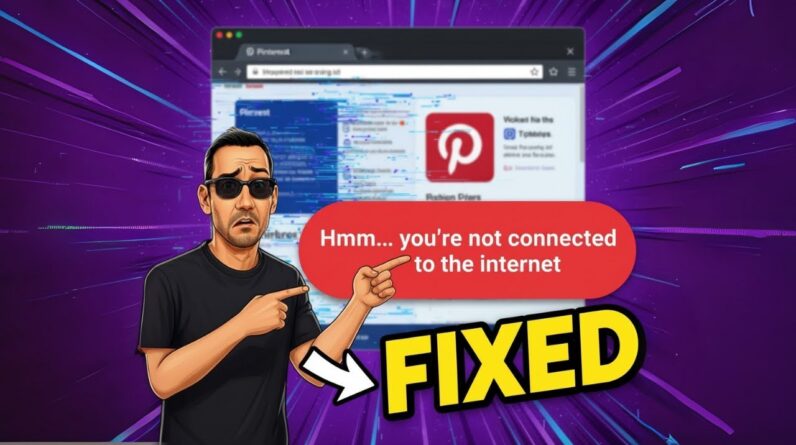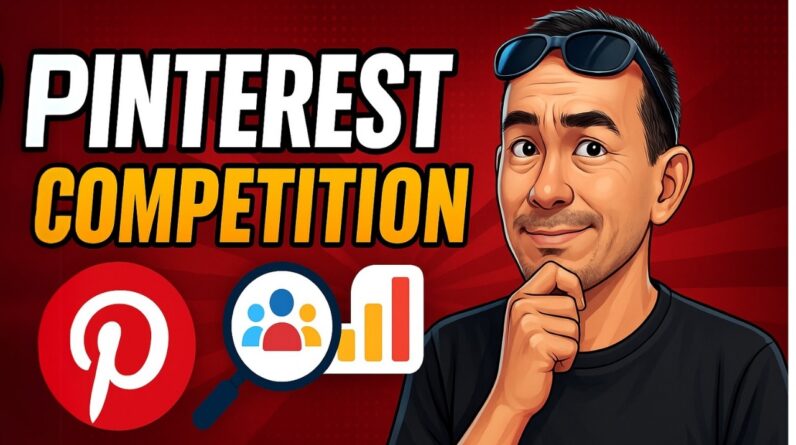
Video marketing is an incredibly powerful tool for businesses to connect with their audience in a captivating and engaging way. Through the use of videos, companies can effectively convey their brand message, showcase their products or services, and ultimately drive conversion rates. It is a strategic approach that harnesses the power of video content to create a lasting impact on viewers and boost overall marketing efforts. In this article, we will explore the concept of video marketing and how it can benefit your business. So, grab a cup of coffee and get ready to discover the exciting world of video marketing! Video marketing is a strategy that involves using videos as a tool to promote and market products, services, or brands to a target audience. It encompasses the creation, distribution, and optimization of videos across various platforms, with the goal of engaging viewers, conveying messages effectively, and ultimately driving desired actions. Simply put, video marketing is all about harnessing the power of visual storytelling to captivate, educate, and inspire viewers.
What is video marketing?
Video marketing is the utilization of video content to promote products, services, or brands. It involves creating videos that are informative, entertaining, or both, and strategically sharing them with the target audience through various distribution channels. Whether it’s a short product demo, a tutorial, a brand story, or a live stream, video marketing enables businesses to connect with their audience on a more personal and engaging level.
Why is video marketing important?
Video marketing has become increasingly important in today’s digital landscape due to its ability to capture attention, convey messages effectively, and drive engagement. Here are a few key reasons why video marketing is important for businesses:
-
Increased engagement and conversions: Videos have the power to grab viewers’ attention and keep them engaged. They can communicate complex information in a visually appealing and concise manner, making it easier for viewers to understand and retain information. Engaging videos have been shown to have higher conversion rates compared to other forms of content.
-
Improved SEO and higher rankings: Video content can significantly improve a website’s visibility on search engines. Including videos on landing pages, optimizing video metadata, and leveraging video transcriptions can lead to higher rankings in search engine results pages. Additionally, videos are more likely to be shared and linked to, which can improve overall SEO efforts.
-
Enhanced brand awareness and recognition: Using videos to showcase your brand, products, or services helps create a memorable and recognizable image. Video content allows businesses to establish an emotional connection with viewers and leave a lasting impression, thereby increasing brand awareness and recognition.
-
Effective storytelling and emotional connection: Since videos combine visual and auditory elements, they are highly effective in telling stories and evoking emotions. Through powerful visuals, music, and narration, businesses can create emotional connections with viewers, making it easier to convey their brand message and values.
-
Better audience retention and understanding: Watching a video is often more enjoyable and less demanding than reading through blocks of text. Videos can hold viewers’ attention for longer periods, ensuring they consume more of your content. Moreover, visuals and audio can help viewers better understand and remember what they have learned, resulting in improved message retention.
Types of videos used in video marketing
Video marketing encompasses a wide range of video content types, each serving unique purposes and catering to different marketing goals. Here are some of the most commonly used types of videos in video marketing:
Explainer videos
Explainer videos offer a concise and engaging overview of a product or service. They aim to explain how a product works, its benefits, and why viewers should consider using it. Explainer videos often incorporate animation, voice-over narration, and captivating visuals to simplify complex concepts and showcase the product’s value proposition.
Product demo videos
Product demo videos provide a visual demonstration of how a product works and its key features. These videos help potential customers understand the product’s functionalities, how it can solve their problems, and the benefits it offers. Product demos are particularly effective for showcasing physical products, software, or apps.
Tutorial and how-to videos
Tutorial and how-to videos offer step-by-step instructions on how to perform a specific task or achieve a desired outcome. These videos are highly informative and help viewers solve problems or learn new skills. Tutorial videos can range from cooking recipes and DIY projects to software tutorials and fitness routines.
Testimonials and case study videos
Testimonial and case study videos feature satisfied customers sharing their positive experiences with a product, service, or brand. These videos build trust and credibility by showcasing real people who have benefited from the offering. Testimonial videos often involve interviews or recorded feedback, while case study videos dive deeper into specific success stories.
Brand storytelling and company culture videos
Brand storytelling and company culture videos focus on capturing the essence, values, and personality of a brand. They showcase the people behind the brand, the company’s mission, and the culture that drives its success. These videos help foster emotional connections with viewers and differentiate the brand from competitors.
Animated and whiteboard videos
Animated and whiteboard videos use animation techniques to visually represent concepts, ideas, or stories. These videos are highly engaging and can simplify complex information using visually appealing graphics, illustrations, and animations. Animated and whiteboard videos are often used to explain abstract or technical topics.
Event and conference videos
Event and conference videos capture highlights from live events, conferences, or trade shows. They provide a glimpse into the atmosphere, presentations, and networking opportunities that businesses offer. Event videos can promote upcoming events or serve as recaps to engage those who couldn’t attend.
Virtual reality (VR) and 360-degree videos
Virtual reality and 360-degree videos offer immersive experiences by allowing viewers to interact with the content and explore their surroundings. These videos are especially effective for showcasing real estate properties, tourism destinations, or giving viewers a feel for product experiences. VR and 360-degree videos provide a unique and memorable viewing experience.
User-generated content (UGC)
User-generated content involves incorporating videos created by customers or fans into marketing campaigns. This can include reviews, testimonials, or user submissions that showcase the audience’s experiences with the brand or its products. UGC videos have the power to create a sense of community, foster trust, and encourage audience participation.
Key elements of a successful video marketing strategy
While the specific elements of a video marketing strategy may vary depending on the business and its goals, there are some key elements that can contribute to a successful strategy. Here are a few essential elements to consider when developing your video marketing plan:
-
Clear objectives: Define your goals and objectives for each video campaign. Are you aiming to increase brand awareness, drive sales, or educate your audience? Establishing clear objectives will guide your video creation, distribution, and measurement efforts.
-
Understanding your target audience: Know who your target audience is and what they want. Identifying your audience’s interests, preferences, and pain points will help you create videos that resonate with them.
-
High-quality and engaging content: Create videos that are visually appealing, well-produced, and captivating. Invest in professional equipment, scripts, and talent if necessary, as high-quality content can significantly impact viewer engagement and perception.
-
Consistent branding: Maintain a consistent brand identity across all your videos. Use consistent colors, fonts, and design elements that align with your brand guidelines. Consistency reinforces brand recognition and helps build trust among your audience.
-
Optimized distribution strategy: Identify the most effective channels and platforms to distribute your videos. Consider your target audience’s preferred platforms, demographics, and habits. Optimize your videos for different platforms and leverage social media algorithms, search engine optimization (SEO) techniques, and paid advertising to maximize reach.
-
Capture attention quickly: Grab viewers’ attention within the first few seconds of your video. Use visually striking visuals, compelling headlines, or intriguing questions to capture attention and encourage viewers to keep watching.
-
Strong call-to-action (CTA): Clearly state what action you want viewers to take after watching your video. Include a strong and concise CTA that prompts viewers to visit your website, make a purchase, subscribe to your channel, or engage with your brand in some way.
-
Measurement and analysis: Track and analyze the performance of your videos to gain insights and optimize future strategies. Monitor key metrics such as view counts, engagement rates, conversion rates, and ROI to measure the success of your video marketing efforts.
By incorporating these key elements into your video marketing strategy, you can create compelling videos that resonate with your audience, elevate your brand presence, and drive desired outcomes. Remember, video marketing is a constantly evolving field, so staying abreast of industry trends and experimenting with different formats and approaches will help you stay ahead of the competition.






